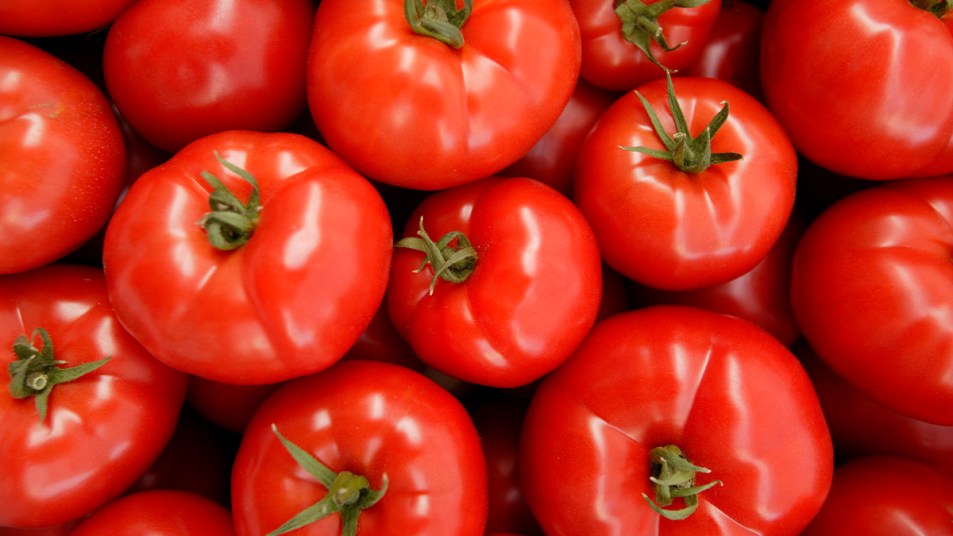7 Umami Foods That’ll Help Control Hunger and Lose Weight Fast

Including more glutamate-rich umami foods that have a rich, savory flavor — like mushrooms and beef — in your daily diet is a surefire way to dial down hunger and make weight loss effortless. “Umami is a satiety superstar,” says NYT bestselling author Travis Stork, MD. “It signals to your body that the food you’re eating is abundantly nutritious and satisfying.”
To get the benefits, Dr. Stork recommends jump-starting your weight loss by eating a low-carb, plant-based diet for five days. “This is a great way to reacquaint your taste buds with the flavors of healthy, unprocessed foods,” he explains. During this time, he suggests structuring meals around beans and vegetables, avoiding sugar, bread, and grains as much as possible.
After five days, Dr. Stork advises continuing to eat plenty of plant-based foods, incorporating healthy whole grains and seafood while treating calorie-dense animal-based foods rich in glutamate (like beef or pork) as a condiment at every meal. “This diet is packed with tasty, filling foods, so you’ll feel full while eating the right balance of nutrients,” says Dr. Stork. “Glutamate is your secret weapon.”
For even speedier slimming, University of Copenhagen food scientist Ole G. Mouritsen, PhD, suggests eating an umami-rich breakfast each morning. “This is the best way to alert your body that its essential amino acid needs have been met,” he explains. Not sure how to make breakfast an umami experience? Try grits topped with mushrooms and sausage.
Umami Foods for Weight Loss
And while Dr. Stork recommends eating a variety of healthy foods, ultimately, he says, foods that are loaded with glutamate naturally flip the switch in the brain that dials back hunger and appetite. He advises rotating these seven superstars into your diet, including at least one in each meal.
Mushrooms
All mushrooms are rich in umami, but the darker the mushroom, the more glutamate it contains, says Mouritsen. Varieties with the most: shiitake, portobello and cremini. Tip: Dried mushrooms tend to have more glutamate than fresh, and cooked fungi have more umami flavor than raw.
Tomatoes
The most concentrated glutamate is found in sun-dried tomatoes, tomato paste and tomato purée, but canned tomatoes also provide plenty. Use tomato paste in dressings, sauces and marinades to amp up umami flavor to control hunger. If using fresh tomatoes, select those that are most ripe — as they get redder, the umami levels increase tenfold.
Parmesan Cheese
This nutty cheese typically matures for at least two years. That’s key, says Mouritsen: “The longer the cheese is aged, the more umami it will have.” Tip: Top bitter veggies like dandelion greens and radishes with grated Parmesan to reduce their bite.
Fermented Sauces
Head to the condiment aisle and load up on Worcestershire, soy, tamari, ponzu, hoisin, and fish sauce. They’re all made via a fermentation process that leads to the formation of glutamate (and big umami flavor), says Mouritsen. Use them liberally on meals or in marinades and dressings to layer umami flavor into any dish to satisfy your hunger.
Cured Ham
You likely buy this umami superstar at the supermarket deli it’s often referred to as “baked ham,” but it’s actually dried, fermented, and sometimes salted. Just keep in mind that a little goes a long way, advises Mouritsen. “You don’t need a lot of cured ham to provide umami flavor.” Toss it on salads and mix in soups and sautéed veggies.
Anchovies
These small, salted fish fillets (as well as anchovy paste) are loaded with glutamate. You can incorporate them into dressings and marinades, but seasoned chefs include anchovies in almost everything from tomato sauce to sauteed greens. Next time you’re heating up oil, just add an anchovy or two and cook until they “melt,” or disappear into the fat. Once they’re cooked, anchovies don’t have a fishy taste, but they do provide a powerful umami flavor.
Miso
A fermented paste made from soybeans, miso is rich in glutamate. The darker the color of the miso, the more intense the flavor will be, says Mouritsen, so select red (milder), brown (more intense) or dark (most intense) miso (rather than yellow or white). Use a spoonful to add umami flavor to sauces, salad dressings and stews.
This article originally appeared in our print magazine, First For Women.
















